There is a wide spectrum of settings (also called mountings) available today to match your personal taste and style. The following list presents several of the most popular settings, along with a description of each:
 |
Prong | A classic setting that never goes out of style. The stone is held securely in place by evenly spaced prongs of metal. The number of prongs varies according to the stone's shape, although 3, 4 and 6 prongs are most common. Great setting for showing off the beauty of stones since it allows the maximum amount of light to enter from all angles. Used to set earrings, necklaces, bracelets, and rings. Note: Four-prong settings are commonly referred to as "Tiffany" settings, since the founder of Tiffany & Co. originally developed it in 1886. |
 |
Bezel | A modern setting that is becoming more and more in demand each day. A band of metal is pressed around the edge of a stone so that the top of the stone is flush with the top of the metal. Bezels can have straight edges, scalloped edges, or can be molded into any shape to accommodate the stone. The backs can be opened or closed and they are used to set earrings, necklaces, bracelets, and rings. |
 |
Channel | If you're looking for a setting that's either modern or something you just do not see every day, you're in the right place. The stones are aligned side by side, and are set between two rails of metal at an even height. Used predominately for rings and bracelets. |
 |
Bar | The bar setting is a variation of the channel setting, which combines a contemporary and classic look. A thin bar of metal holds the stones in place on either side, so that each bar has a stone on either side of it. Used predominately for rings. |
 |
Invisible | The effect of this setting is of a brilliance unfettered by metal. In invisible setting, the stones are placed such that the metal is not visible from in-between stones, giving an appearance of a continuous, uninterrupted surface. Since no metal is seen, it's an excellent way to showcase the true beauty of stones. |
 |
Pave | A setting in which small stones are set in rows as close as possible with no metal between them, so that the piece literally looks paved with stones. This setting is most commonly seen with diamonds, but may be used with any stone. |
 |
Cluster | In a cluster setting, small stones are mounted together in a group around a larger central stone. |






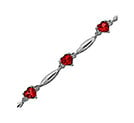 Bracelets
Bracelets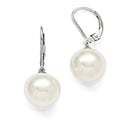 Earrings
Earrings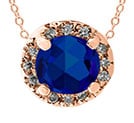 Necklaces & Pendants
Necklaces & Pendants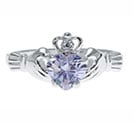 Rings
Rings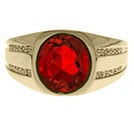 Men's Jewelry
Men's Jewelry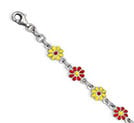 Children's Jewelry
Children's Jewelry











